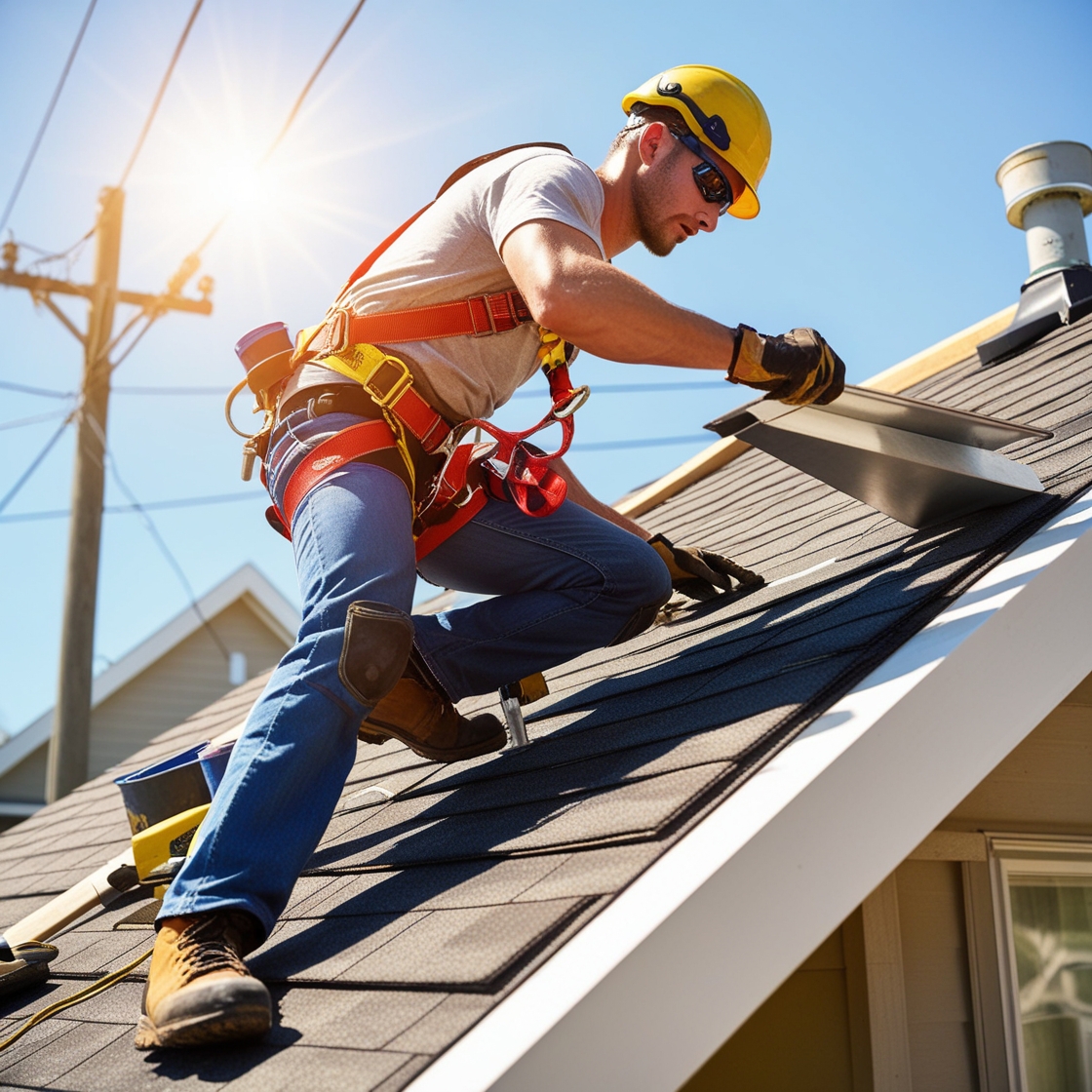Roofing is an essential trade in the construction industry, responsible for protecting homes and buildings from the elements. However, it is also recognized as one of the most dangerous professions, with workers facing numerous risks that make this job perilous. The dangers associated with roofing are multifaceted, ranging from falls and equipment-related injuries to long-term health issues caused by exposure to harsh weather conditions and hazardous materials.
High Risk of Falls
The most significant danger in roofing is the risk of falls. Roofers often work at great heights, on steep slopes, and in unpredictable weather conditions. Even with safety measures like harnesses, guardrails, and nets, the risk of falling remains high. According to the Occupational Safety and Health Administration (OSHA), falls are the leading cause of fatalities in the construction industry, with roofing contributing a significant portion of these incidents. A momentary lapse in concentration, a misstep, or a failure in safety equipment can lead to life-altering injuries or death.
Exposure to Hazardous Materials
Roofers are often exposed to hazardous materials such as asbestos, silica, and lead. These materials, commonly found in older buildings, pose severe health risks. Asbestos, for example, can lead to lung cancer, asbestosis, and mesothelioma—a rare form of cancer primarily affecting the lining of the lungs. Silica dust, generated during the cutting of tiles and other materials, can cause silicosis, an incurable lung disease. Lead exposure, although less common today, can still occur during the renovation of older buildings, leading to a range of health issues, including neurological damage.
Weather-Related Hazards
Roofers are frequently exposed to extreme weather conditions, from the blazing sun to freezing temperatures. Working in such environments can lead to heatstroke, dehydration, frostbite, and hypothermia. Additionally, roofing work often involves the use of hot materials, such as tar, which can cause burns if not handled properly. Slippery surfaces from rain, ice, or snow further increase the risk of falls and other accidents.
Musculoskeletal Injuries
Roofing is a physically demanding job that requires heavy lifting, bending, and repetitive motions. Over time, this can lead to musculoskeletal injuries, including strains, sprains, and chronic back pain. The repetitive nature of the work, combined with the need to work in awkward positions, puts significant stress on the body. These injuries may not be immediately apparent but can develop over time, leading to long-term health problems.
Electrical Hazards
Roofers often work near power lines and other electrical sources, which pose significant risks. Accidental contact with live wires can result in electrocution, burns, or even fatal injuries. Roofers need to be constantly aware of their surroundings and use proper safety equipment to mitigate these risks. However, the close proximity to electrical sources remains a constant danger.
Importance of Safety Training and Equipment
Given the inherent risks in roofing, safety training and proper equipment are crucial. Workers must be trained to recognize hazards, use safety gear correctly, and follow protocols designed to minimize risks. Employers have a responsibility to ensure that all workers are equipped with the necessary safety equipment, such as harnesses, helmets, and non-slip footwear. Regular safety drills and inspections can also help to identify potential hazards before they lead to accidents.
The Psychological Impact
The dangers of roofing do not just pose physical risks; they also take a psychological toll on workers. The constant awareness of the potential for injury or death can lead to stress, anxiety, and even mental health issues such as depression. The pressure to complete jobs on time, often under challenging conditions, can exacerbate these issues. It is essential for employers to recognize the psychological impact of the job and provide support to workers, including access to mental health resources.
